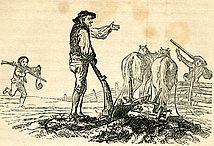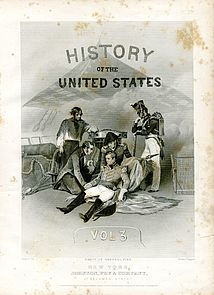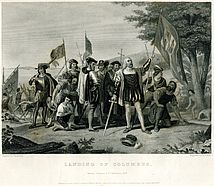Reprinted from Picturing the Past: Illustrated Histories and the American Imagination, 1840-1900 by Gregory M. Pfitzer (Washington, D.C.: Smithsonian Institution Press). Used by permission of the Smithsonian Institution. Copyright 2002.



Illustrated Histories and the American Imagination, 1840-1900
Written by Gregory Pfitzer
In this online exhibit, explore and contrast the production histories of two mid-19th-century pictorial history projects.
Through interactive graphics, magnified images and text, come to understand the personal agendas and the two-way and three-way collaborations at work in the making of pictorial histories; that is, the relationships among publishers, artists and historians.

Inside the exhibit, navigate in these ways:
- use the arrows at the bottom of the page, or
- select an item from the outline on the right of the page, or
- click on sections of the interactive Venn diagram—the colorful illustration of overlapping ovals
Consider these questions as you navigate the exhibit:
- In what ways is the past understood differently when it is presented in pictures and words rather than in traditional literary form merely?
- How do illustrations interact with the narrative discourses in these volumes and how do various word/image combinations condition, alter and even distort the past?
- What does the popularity of pictorial history tell us about the visual literacy and reading habits of nineteenth-century Americans?




